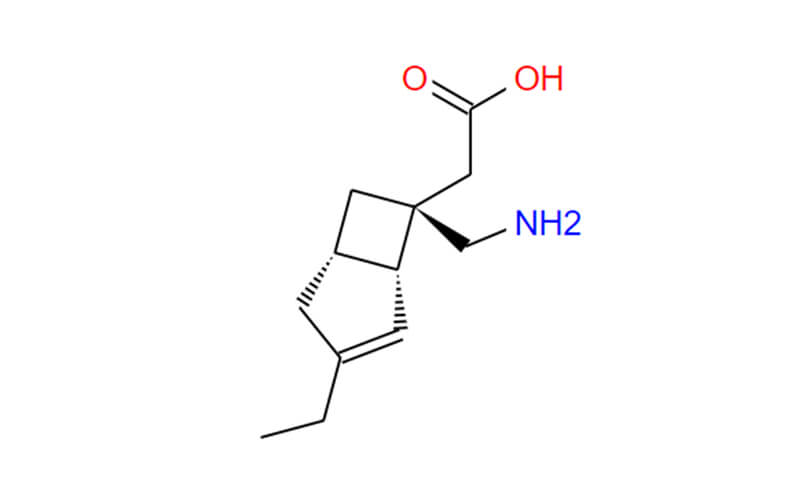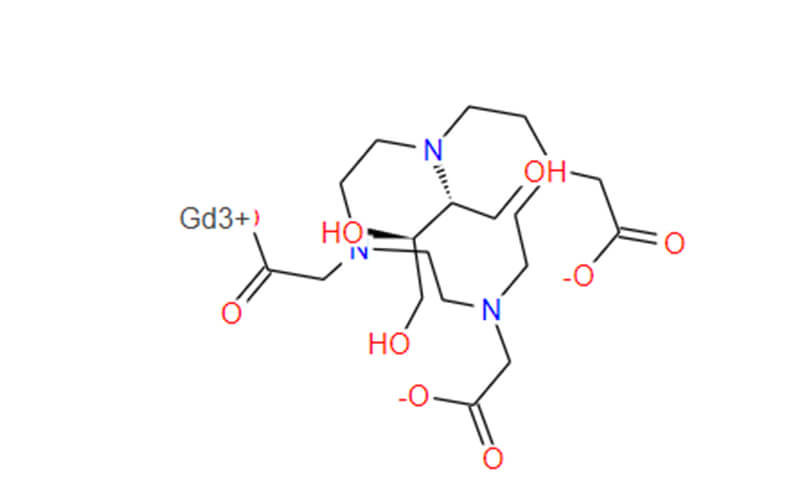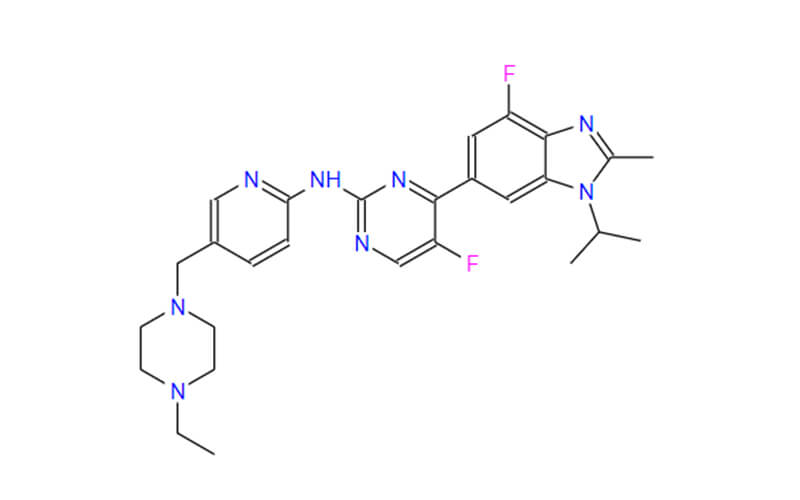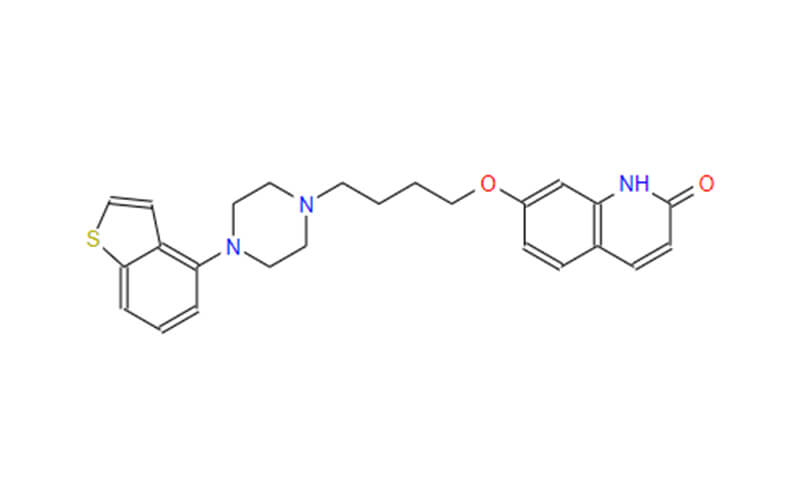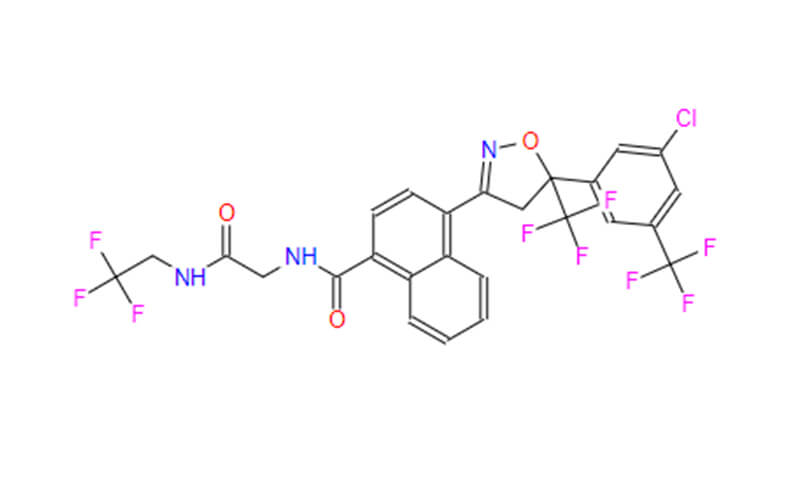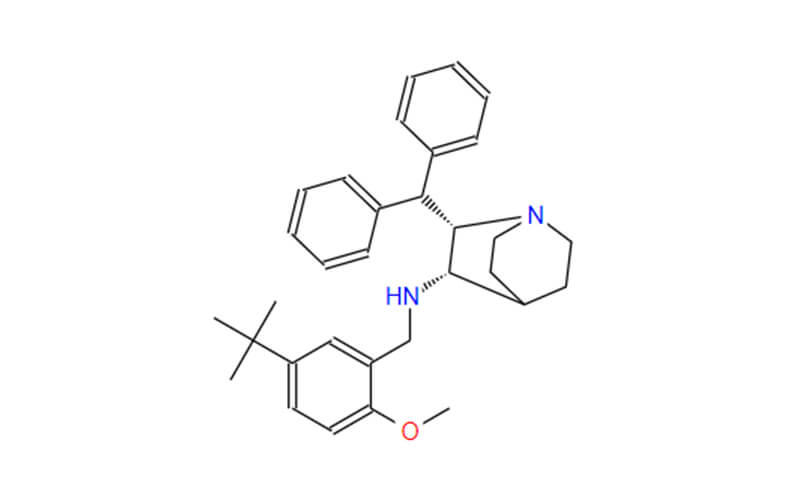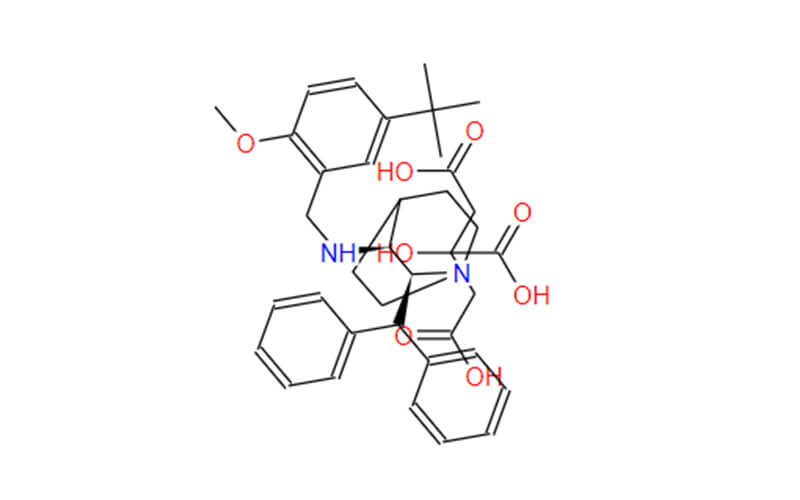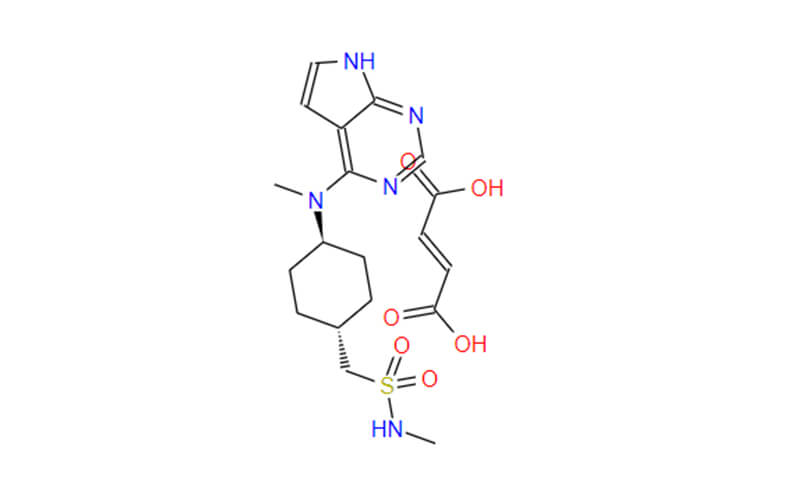Active Pharmaceutical Ingredients: The Backbone of Drug Development
In the intricate world of pharmaceutical science, active pharmaceutical ingredients (APIs) stand as the cornerstone, the very essence that imbues drugs with their therapeutic prowess. These minute yet potent molecules, meticulously crafted through synthesis or extraction, hold the key to alleviating ailments, combating diseases, and restoring health. Understanding the intricacies of API manufacturing and the role of API pharmaceutical companies is crucial to appreciating the complex journey of drug development.
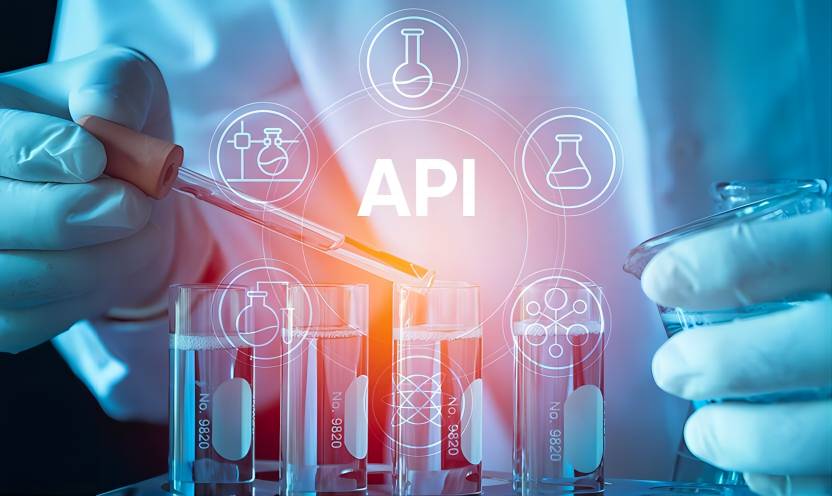
Active Pharmaceutical Ingredient Manufacturing Process
The API manufacturing process is a complex and intricate endeavor, demanding meticulous attention to detail, stringent quality control measures, and a deep understanding of chemical and pharmaceutical principles. The process typically involves several key steps:
1. Synthesis or Extraction: Unlocking the API’s Potential
The journey of an API begins with the selection of appropriate raw materials. These raw materials, often derived from natural sources or synthesized in the laboratory, serve as the building blocks for the API. Through a series of carefully controlled chemical reactions, these raw materials undergo transformations, ultimately yielding the desired API molecule. In certain cases, extraction techniques, such as solvent extraction or supercritical fluid extraction, are employed to isolate the API from natural sources, such as plants or microorganisms.
2. Purification: Ensuring API Quality
Once the API has been synthesized or extracted, the next critical step is purification. This stage involves the meticulous removal of impurities, ensuring the API meets the stringent quality standards set by regulatory agencies. A variety of purification techniques, such as crystallization, distillation, and chromatography, are employed to eliminate unwanted substances and achieve the desired purity levels.
3. Crystallization: Achieving Stability and Purity
Crystallization, a crucial step in API manufacturing, involves converting the API into a crystalline form. This process not only enhances the API’s purity but also improves its stability and flow properties. Through controlled crystallization techniques, API molecules are arranged in a highly ordered lattice structure, resulting in well-defined crystals with consistent properties.
4. Formulation: Packaging for Therapeutic Efficacy
In the final stages of API manufacturing, formulation takes center stage. This intricate process involves combining the purified API with excipients, inert substances that aid in drug delivery, stability, and overall dosage form characteristics. Excipients, such as binders, disintegrants, and lubricants, play a critical role in ensuring the API is effectively delivered to the target site and releases its therapeutic effect.
5. Packaging: Protecting the API’s Integrity
The final step in API manufacturing is packaging, designed to safeguard the API’s integrity and prevent degradation during storage and transportation. Packaging materials are carefully selected to provide optimal protection against moisture, light, and other environmental factors that could compromise the API’s quality and efficacy.
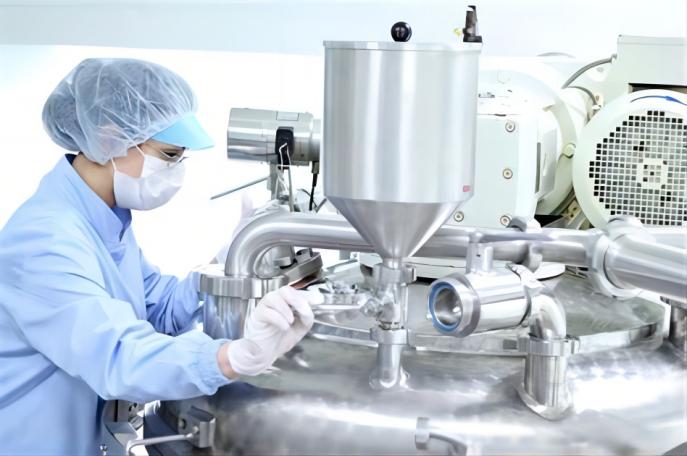
The Role of API Pharmaceutical Companies: Ensuring Quality and Compliance
API pharmaceutical companies are the unsung heroes of the pharmaceutical industry, tirelessly working behind the scenes to develop, manufacture, and supply high-quality APIs to pharmaceutical companies worldwide. These companies bear the responsibility of ensuring that APIs meet the stringent regulatory standards set by regulatory bodies such as the US Food and Drug Administration (FDA) and the European Medicines Agency (EMA).
Maintaining the highest quality and purity standards is paramount for API pharmaceutical companies. APIs are subjected to rigorous testing throughout the manufacturing process to ensure they meet the specified purity and potency requirements. Any deviation from these standards could have serious consequences, potentially leading to adverse drug reactions or compromised efficacy.
Compliance with regulatory requirements is another critical aspect of API manufacturing. API pharmaceutical companies must adhere to a comprehensive set of regulations governing the manufacturing, testing, and documentation of APIs. These regulations aim to safeguard patient safety and ensure that APIs are produced using consistent and reliable processes.
Keeping pace with advancements in API manufacturing technologies is another challenge faced by API pharmaceutical companies. The continuous evolution of manufacturing techniques and analytical methods necessitates ongoing investment in research and development to maintain a competitive edge and ensure compliance with evolving regulatory requirements.
Pharma API: A Synonym for Quality and Reliability
The term “pharma API” is often used interchangeably with “API,” emphasizing the importance of quality and reliability in the pharmaceutical industry. The prefix “pharma” serves as a reminder that these APIs are destined for use in pharmaceutical products, where the highest standards of safety and efficacy must be upheld.
Pharma APIs are the building blocks of effective medicines, and their quality is paramount to ensuring the health and well-being of patients. Any deviation from the specified quality standards could have detrimental consequences, potentially leading to adverse drug reactions or compromised treatment outcomes.
To ensure the utmost quality of pharma APIs, pharmaceutical companies establish rigorous quality control measures throughout the entire supply chain, from sourcing raw materials to final packaging. These measures include:
- Thorough material testing: Raw materials undergo stringent testing to ensure they meet the specified purity and quality requirements.
- In-process testing: APIs are subjected to rigorous testing at various stages of the manufacturing process to monitor their purity, potency, and consistency.
- Final product testing: Finished APIs undergo comprehensive testing to confirm they meet all established specifications before being released for use in pharmaceutical products.
These stringent quality control measures are complemented by a robust regulatory framework that governs the manufacturing and distribution of pharma APIs. Regulatory bodies such as the US Food and Drug Administration (FDA) and the European Medicines Agency (EMA) set forth comprehensive guidelines and standards that pharma API manufacturers must adhere to.
Compliance with these regulations ensures that pharma APIs are produced using consistent, reliable, and well-controlled processes, minimizing the risk of contamination, misidentification, or deviations from the specified quality standards.
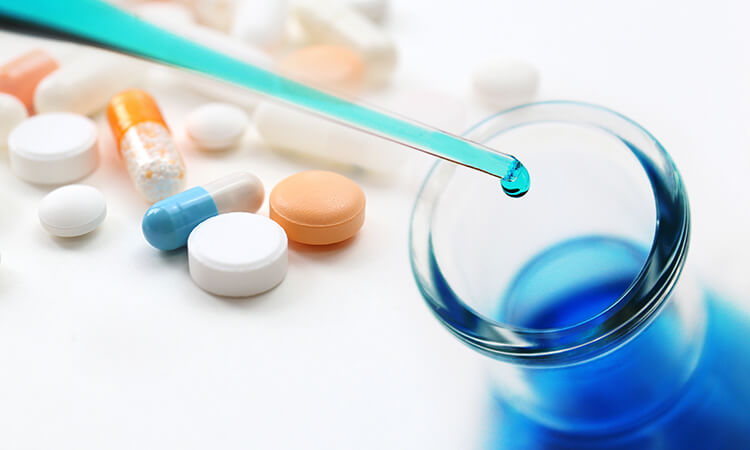
Conclusion: The Enduring Significance of APIs
APIs remain the cornerstone of modern medicine, powering the therapeutic effects of countless drugs that improve the lives of millions worldwide. The intricate manufacturing process, coupled with stringent quality control measures and regulatory oversight, ensures that APIs meet the highest standards of safety and efficacy.
As the pharmaceutical industry continues to advance, the future of API manufacturing holds promise for even more efficient, sustainable, and innovative production processes, paving the way for the development of next-generation medicines that transform patient care.

